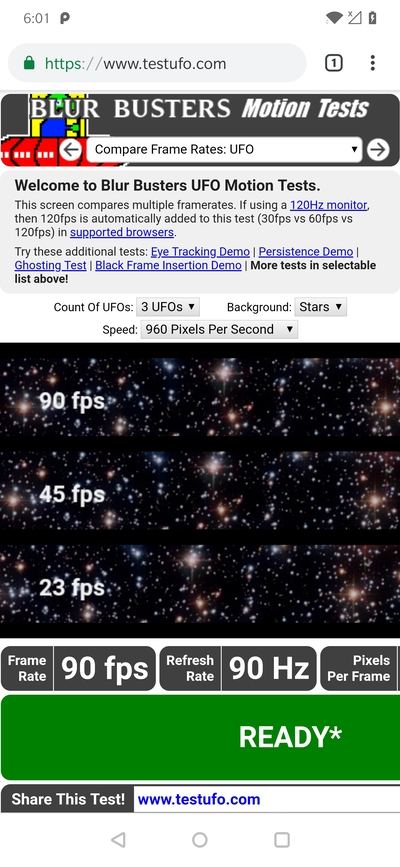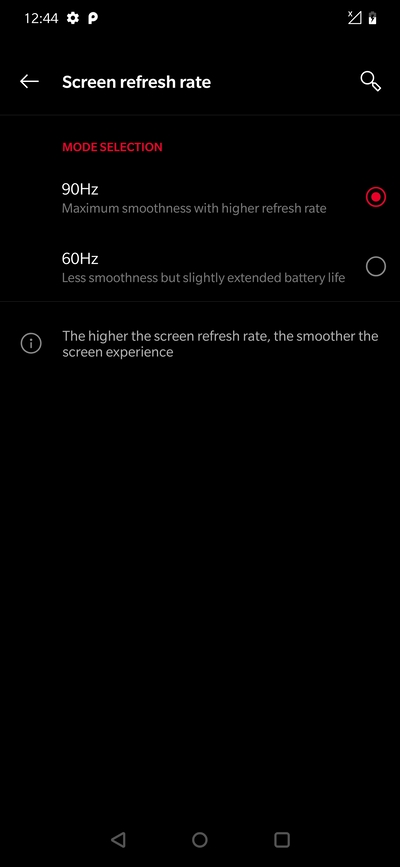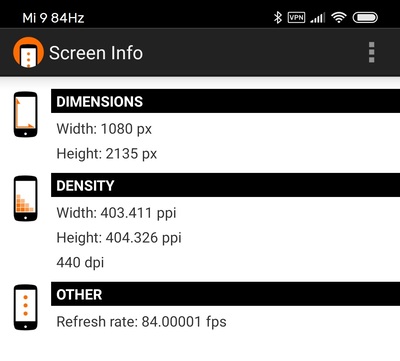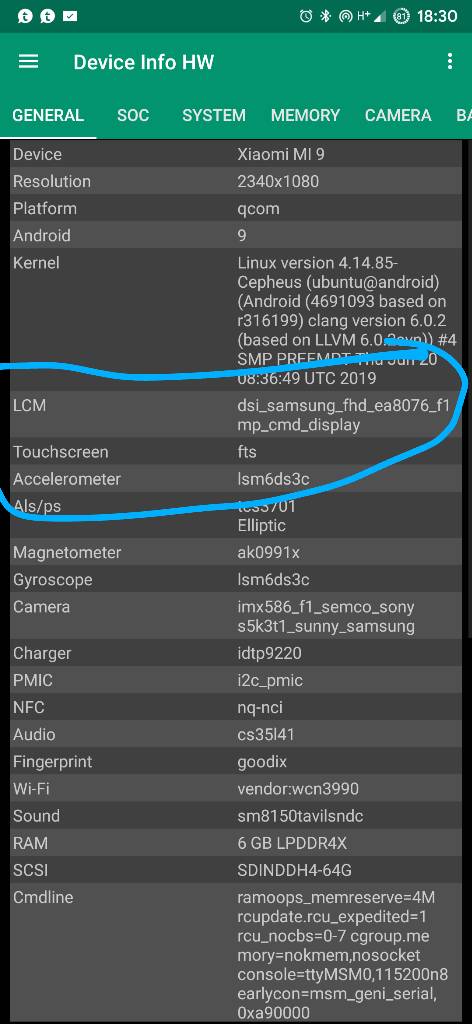Once solely reserved for the so-called ‘gaming’ phones, the high refresh rate display panels are slowly becoming a mainstream component. In case of gaming or UI rendering, the difference between a regular (60Hz) and 90/120Hz display is truly remarkable.

Besides Razer, Asus and ZTE, OnePlus is the first major OEM to offer the incredibly high 90Hz refresh rate as an optional feature in the OnePlus 7 Pro. By default, only some apps are being rendered with the higher-than-normal refresh rate, but the whitelist can easily be overridden.

What if I tell you that you can get the same smooth experience on your phone by ‘overclocking’ the screen refresh rate? Sounds like downloading more RAM from the internet?
Believe it or not, some clever tinkerers managed to unlock the true refresh rate of the display panel of the Mi 9. After applying the necessary modifications, one can easily achieve up to 84Hz refresh rate on their Mi 9.

Applying the mod is surprisingly simple. You need an unlocked bootloader, as the modifications need to pushed to the DTBO partition of the Mi 9. FYI, DTBO (device tree blob overlays) holds various parameters of the hardware components.
A device tree (DT) is a data structure of named nodes and properties that describe non-discoverable hardware. Operating systems, such as the Linux kernel used in Android, use DTs to support a wide range of hardware configurations used by Android-powered devices. Hardware vendors supply their own DT source files, which Linux then compiles into the Device Tree Blob (DTB) file used by the bootloader.
The modded DTBO image (where display panel refresh rate values are changed) can be downloaded from this thread, which is part of Mi China forum. An easy to access mirror can be found in this XDA thread. Thanks to the design of the mod, it can be installed irrespective of the installed OS.

After downloading the image, flashing it via fastboot is the simplest way to install the mod.
fastboot flash dtbo dtbo_mod.img
Users can also flash it using compatible TWRP, rooted shell or third party partition flashers. Remember to backup your stock DTBO before tinkering with it.
There are some reported side effects of this refresh rate mod – green tint, overexposed color etc. Xiaomi used different display panels (all of them are from Samsung though) in Mi 9 units, thus your mileage may vary.

It’s worth mentioning that the hardware makers fine tune the panels to their optimum performance output. There is always a change to damage them by pushing beyond the safety limit. But as the modder within you asks – why not!
People are trying to port this overclocking mod to other phones such as the regular OnePlus 7 and the OnePlus 6/6T. PiunikaWeb is keeping a tab on the development, so expect new updates from us on this matter.
PiunikaWeb is a unique initiative that mainly focuses on investigative journalism. This means we do a lot of hard work to come up with news stories that are either ‘exclusive,’ ‘breaking,’ or ‘curated’ in nature. Perhaps that’s the reason our work has been picked by the likes of Forbes, Foxnews, Gizmodo, TechCrunch, Engadget, The Verge, Macrumors, and more. Do take a tour of our website to get a feel of our work. And if you like what we do, stay connected with us on Twitter (@PiunikaWeb) and other social media channels to receive timely updates on stories we publish.


